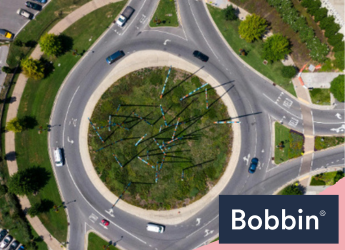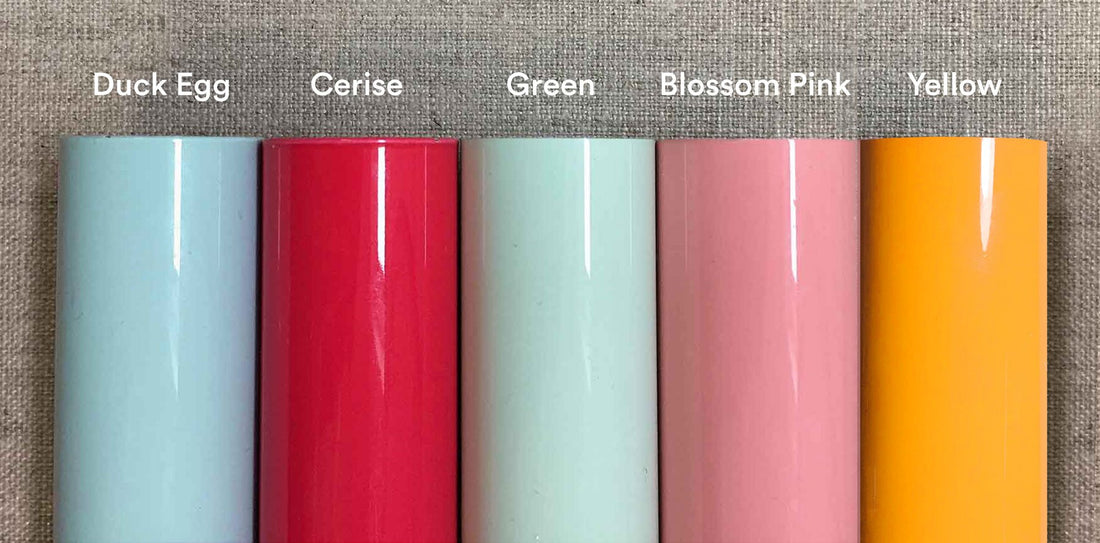Guide to Cycling on Roundabouts
Have you ever hesitated before a roundabout on your bike? If so, we get it. While it works for traffic flow, this route can feel unpredictable, sometimes even overwhelming. That’s what this guide on cycling around roundabouts is for. It walks you through the practical side, based on the Highway Code and more, so keep reading.
Highway Code Rules for Cycling Around Roundabouts

Cycling around roundabouts takes you through a circular intersection or junction. The idea is to promote slow and consistent vehicle speeds entering, circulating, and exiting the intersections. That said, this route means sharing with other road users, and that’s where the challenge comes in for most cyclists. Drivers don’t always anticipate bikes, and lane positioning can be unclear, to name a few.
For everyone’s safety, the Highway Code mandates the following rules for using roundabouts (and other crossings):
-
Stay in the left lane if you prefer, but always be attentive: drivers turning left must not cut across your path. Hold your position, and make it clear you have the right to continue safely. (See Rule 79 for more.)
-
You’re not required to follow the same lane pattern as cars if it doesn’t feel safe. Cyclists are allowed to stay in the left-hand lane, even when going straight or turning right. (See Rule 81 for more.)
-
You must give way to traffic coming from the right already on the roundabout, unless road marking says otherwise. (See Rule 185 for more.)
These are just a few of the regulations worth knowing. You can find the rest in the Highway Code or on the Gov.UK website.
Note: The Highway Code applies to all cyclists, regardless of age. But if you’re out riding with a child on their kid’s bike, look for alternative crossings where possible for safety. For instance, stick to designated cycle paths, crossings, or pavements.
More Tips from Our Experts
What experiences on cycling around roundabouts have taught us:
These apply whether you’re riding a city bike, adult bike, or something in between.
Before you arrive
Scan as you approach the roundabout to spot where you’ll be entering and exiting, and check how the traffic is moving. This gives you time to start your positioning early.
The left-hand lane is fine if you’re turning left or going straight. Turning right? Move into the centre of your lane or the right-hand lane (if there’s one), so other road users can see your intention. Don’t hug the kerb, hold your space.
Use hand signals and make eye contact with drivers near you. It doesn’t guarantee they’ll behave, but it’s one way to see if they’ve seen you.
Keep a steady speed that lets you stop or change course if needed. No need to rush in. Riding at a pace where you can stop or adjust can make all the difference.
Entering the roundabout
From experience, it’s safer to never assume drivers will slow down or make space, even if they’re supposed to. Watch their wheels and body language, not their indicators. Some drivers signal late or not at all, and some will cut in regardless.
Stay where you are, and don’t let drivers push you in. Stay away from the kerb—it can encourage them to squeeze past, leaving you nowhere to go if something changes.
Just try not to drift or change position mid-way through. Drivers are more likely to give space when they can see exactly where you’re going.
On the roundabout
So, you’re cycling on the roundabout. Hold your lane, especially on bigger roundabouts with several lanes. Changing halfway through can put you in a tighter spot with traffic.
Keep an eye out for anyone creeping up on your side. The trick is to glance over your shoulder; you’ll get a feel for when someone’s about to move too close.
When it’s time to ride out, give a clear signal and follow through to avoid getting cut off right at the exit.
The Hemel Hempstead’s ‘Dutch-Style’ Roundabout
There’s been a lot of talk about the new ‘Dutch-style’ roundabout in Hemel Hempstead, Hertfordshire. It gets its name from the Netherlands, where this design first took off.
The golden rule is that pedestrians get priority. Drivers and cyclists have to give way to them. The layout keeps motor traffic, cyclists, and walkers separate, and it’s built in three layers:
-
Outer ring: For people on foot, with a zebra crossing placed at each exit.
-
Middle ring: Marked in green, this is for cyclists to move around the roundabout clockwise.
-
Centre: Reserved for vehicles, similar to what they’re used to.
The Dutch-style roundabout is meant to give people walking or cycling a safer and greener way through. We’ll have to wait and see whether it works as planned. This guide will be updated if things move forward, so feel free to check back!








